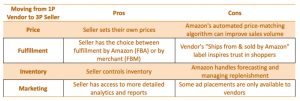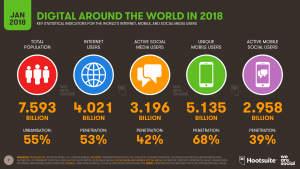After a shockingly successful 2021 and a mixed 2022, the party seems to have truly come to an end for startups and venture capitalists in 2023.
And while the doomsday economic scenarios many expected at the start of the year failed to materialize, the continued sense of malaise after the collapse of Silicon Valley Bank earlier this year and a less-than-rosy IPO market isn’t painting an optimistic picture for the months to come.
Much heralded IPOs from Instacart and Klaviyo, which many thought would signal the resurrection of the public offering market, started strong, but both companies are now trading 15-20% below their first trade price. And that has sent other would-be public companies scrambling back to the sidelines, eliminating a liquidity option for their early investors.
There are, at present, no major listings expected for the fourth quarter. And no one is expecting things to bounce back quickly in the first quarter of 2024.
“[Instacart and Klaviyo’s] poor post-IPO performance has dashed the hope of an immediate rebound in the IPO market for VC-backed companies,” said Kyle Stanford, lead venture capital analyst at PitchBook.
Things weren’t much better in when it came to mergers and acquisitions, the other exit strategy for venture funds. The M&A world has been quiet for most of the year and is currently on track to close the year at its lowest annual level in a decade.
PitchBook’s Q3 Venture Monitor was loaded with less than optimistic news.
There were just 216 exits in the third quarter, down from 256 in Q2. That number, per PitchBook data, was the lowest total since the second quarter of 2013. The good news is those IPOs resulted in the highest exit totals since the fourth quarter of 2021, but that was, of course, a one-time bump.
Year to date (as of Sept. 30), there have been just 752 exits. Last year there were 1,375, and in 2021, VCs saw exits from 1,979 companies.
The number and size of new funds was down as well in Q3, falling 17% from the previous quarter, with just 111 closed. And the average fund size was down 56% to $84.7 million, versus Q2’s average of $161 million and Q1 of 2022, where it set a record average of $371 million.
“The market remains under considerable stress,” the report read. “More companies are taking bridge, continuation, or down rounds; inside rounds are at multiyear highs; and there are fewer rounds with a new lead investor obtaining a board seat than at any time in at least a decade. Investors and founders alike are optimizing for stability and cash flow to meet the challenges of the current market.”
Year to date (again, through the end of the third quarter), startups in the U.S. have raised $126 billion. That’s well below the $195 billion at the same time last year and the $239 billion they’d raised in the first nine months of 2021.
Several high-profile startups have thrown in the towel this year, as well, as they’ve been unable to secure additional financing. Among the shutdowns have been:
Convoy – Once valued at $3.8 billion, the company called it quits in October, making nearly $1 billion in funding disappear.
Zume Pizza – After raising $445 million in funding, this high-tech pizza company became insolvent in June. The goal was to use robots to cook a customer’s pizza while the delivery was in transit. Myriad tech issues and a business model pivot that didn’t work out forced the shutdown, however.
Olive AI – While artificial intelligence companies have been the one bright spot in the venture world this year, this healthcare automation company, which raised nearly $900 million and was once valued at $44 billion, wound down its business earlier this year.
In addition, WeWork, the real estate giant, filed for bankruptcy earlier this month, which cost SoftBank over $14 billion, though the company could continue on following a reorganization.
At this rate, 2023 will be the second worst year in a decade for exits. But without the return of an IPO or merger market, 2024 could be even scarier. The fourth quarter numbers, when they’re released, likely in mid-February, could be a good barometer of what to expect.
(2)








